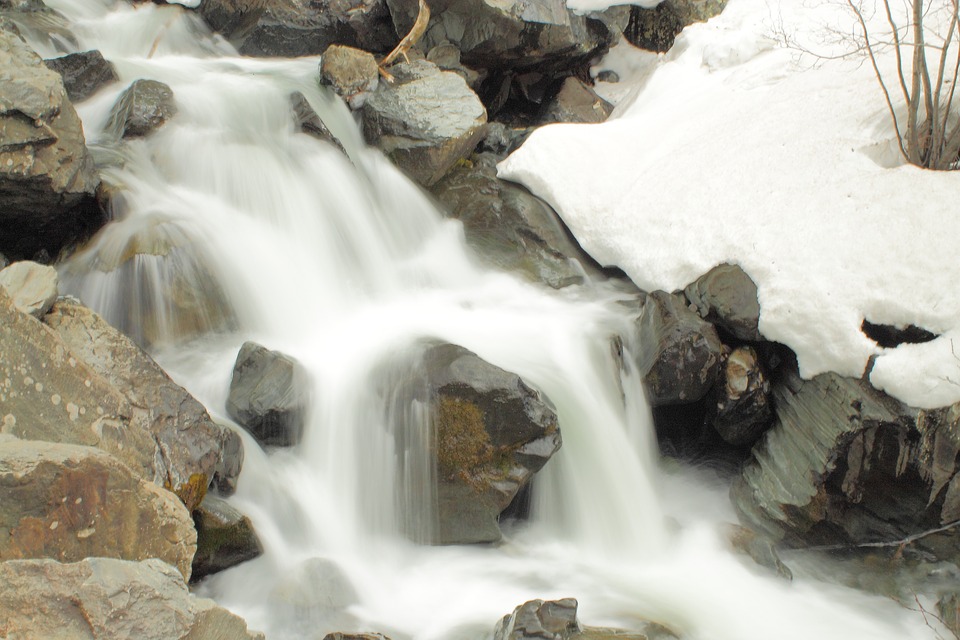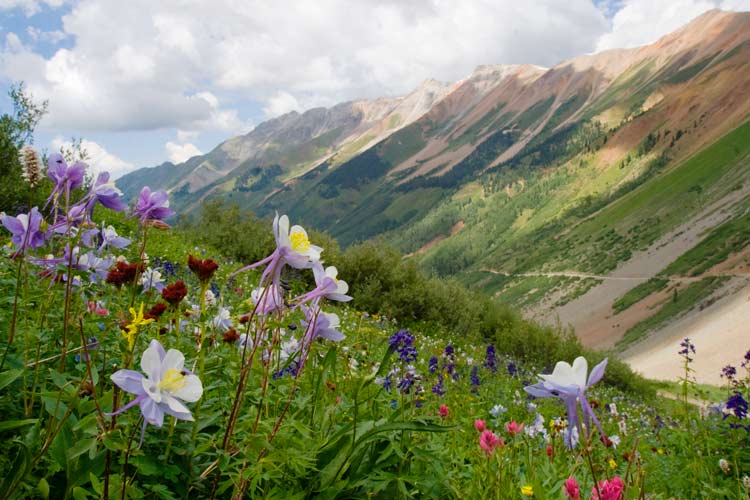
After nearly two decades of drought in the American West, last winter’s heavy snowfall was a welcome surprise for communities in the region. That buildup of snow in the mountains melts each springtime, and eventually much of it runs into the Colorado River.
However this year’s positive runoff outlook by the Colorado River Basin Forecast Center doesn’t change the larger, fundamental issue: the Colorado River faces long term pressures from a more arid climate and overuse.
Why do we need runoff?
Each spring, the Colorado River and its tributaries are replenished by melted snow that makes its way down from the mountains. The amount of runoff can vary widely from one year to the next, creating challenges for farmers, ranchers or anyone whose livelihood is directly impacted by water levels.
The entire Colorado River Basin is still grappling with the effects of the drought. Precipitation and runoff levels last year were low, triggering a domino-effect of depleting water levels in the Colorado River and its tributaries. Colorado’s soil also took a major hit and suffered from extreme dryness. More water is now necessary to nourish the soil back to a healthy state. Because of this, the Colorado River Basin states are going to need more than just one year of increased runoff to reverse the effects of severe, long-term drought.
Looking forward
40 million people depend on the Colorado River. The stakes are too high to rely on weather fluctuations or a lucky winter season. Make no mistake–this year’s runoff may be strong, but there will be many future years where that will not be the case, and drier years may become more frequent.
To meet these challenges, we must be proactive about implementing water conservation solutions like the Colorado Water Plan. Fully implementing this plan and other conversation solutions are imperative as we move forward into a new age of aridification and continued population growth. The recent authorization of the Drought Contingency Plan was a good first step that showcased collaborative multi-state efforts. We must work together to implement those plans, while also devising new and innovative solutions to secure our water supply.
